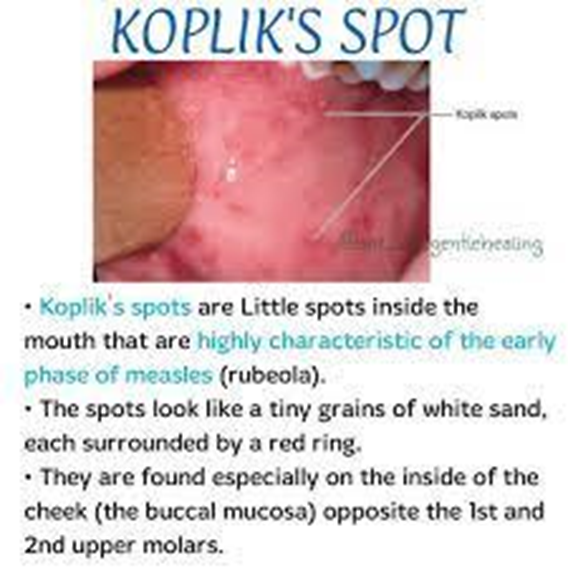A nurse is caring for a school-age child who has mild persistent asthma. Which of the following is an expected finding? (Select all that apply.)
Symptoms are continuous throughout the day.
Daytime symptoms occur more than twice a week.
Peak expiratory flow (PEF) is greater than or equal to 80% of the predicted value.
Nighttime symptoms occur approximately twice a month.
Minor limitations occur with normal activity.
Correct Answer : B,C,E
A. Symptoms are continuous throughout the day:
Incorrect: Continuous symptoms throughout the day are more indicative of moderate or severe persistent asthma, not mild persistent asthma.
B. Daytime symptoms occur more than twice a week:
Correct Answer: Children with mild persistent asthma may experience symptoms more than twice a week, but less than once a day.
C. Peak expiratory flow (PEF) is greater than or equal to 80% of the predicted value: In mild persistent asthma, pulmonary function tests (e.g., PEF or FEV1) remain normal or close to normal, with values typically ≥80% of the predicted value, reflecting good lung function between episodes.
D. Nighttime symptoms occur approximately twice a month:
Mild persistent asthma often involves nighttime symptoms or awakenings occurring 3–4 times per month. If nighttime symptoms occur more frequently (e.g., once weekly), it suggests moderate persistent asthma.
E. Minor limitations occur with normal activity: Children with mild persistent asthma may experience minor limitations in their normal activities. These limitations are not severe and do not significantly impact daily life.
Nursing Test Bank
Naxlex Comprehensive Predictor Exams
Related Questions
Correct Answer is ["90"]
Explanation
The nurse should withhold the dose if the infant's apical heart rate is less than 90 beats per minute.
Digoxin is a medication that can slow the heart rate. If an infant's heart rate is already too slow, administering digoxin can increase the risk of bradycardia, a serious heart rhythm disturbance.
It's important to monitor the apical heart rate for a full minute before administering digoxin to an infant and to withhold the dose if the heart rate is below the specified threshold.
Correct Answer is B
Explanation
A. Whitish vesicles located across the chest:
Incorrect: This description does not match the characteristic appearance or location of Koplik's spots in measles.
B. Small blue-white spots with a red base found on the buccal mucosa:
Correct Answer: Koplik's spots are small, blue-white spots with a red base that typically appear on the buccal mucosa (inner lining of the cheeks). These spots are characteristic of measles and are considered a diagnostic feature.
C. Pinpoint petechiae noted on both legs:
Incorrect: Petechiae are small, reddish-purple spots that result from bleeding under the skin. They are not characteristic of Koplik's spots in measles.
D. Petechiae spots that are reddish and pinpoint on the soft palate:
Incorrect: While petechiae can occur in various conditions, they are not characteristic of Koplik's spots in measles. Koplik's spots specifically manifest as small blue-white spots on the buccal mucosa.

Whether you are a student looking to ace your exams or a practicing nurse seeking to enhance your expertise , our nursing education contents will empower you with the confidence and competence to make a difference in the lives of patients and become a respected leader in the healthcare field.
Visit Naxlex, invest in your future and unlock endless possibilities with our unparalleled nursing education contents today
Report Wrong Answer on the Current Question
Do you disagree with the answer? If yes, what is your expected answer? Explain.
Kindly be descriptive with the issue you are facing.
